How it Works
Real Estate
Expertise
With over a decade of experience and $100 million in transactions, Cashflowing Investments is led by Jordan Lee, one of the nation’s top real estate experts. We provide easy- truly passive real estate investment opportunities for our investors.
Tailored Investment Strategies
Personalized Investor Support
PORTFOLIO
Testimonials

Sharee P. Investor

I’ve always wanted to get into real estate but didn’t want the headache of being a landlord. I had never heard of syndications till I met Cash-Flowing Investments. I did my first deal in Weslaco and can say it’s one of the best investments I’ve ever made. I love receiving my quarterly dividend payments. Needless to say, I’m in the Cash-Flow Club and looking forward to investing in the next deal.

Janelle P. Investor

I’ve already done a few deals with the Cash-Flowing team. They’ve been great to work with and my K1s and quarterly payments are always on time. Syndications are the way to go. I get appreciation, depreciation, and cash-flow, without any of the headaches. I’m on the list and will continue to pull the trigger. Thanks again for making it easy to invest in real estate.

Ryan T. Investor

I’m always looking for alternative investments–esp real estate investments that don’t require me to be a landlord. I need the tax benefits, but I don’t need the headaches. I’ll continue to invest with Cash-Flowing Investments because they do all the heavy lifting. I simply send a wire. No brainer for me.
Frequently Asked Questions
How long should I plan on having my money invested?
Our projects typically anticipate a hold period of 5 to 10 years, but the duration may be influenced by several factors. It is advisable to keep your money invested until the asset is sold. Throughout this period, you will receive regular cash returns, but the principal amount cannot be withdrawn.
However, we acknowledge that unforeseen circumstances can arise. In the event of a significant life event that necessitates your exit, we will make every effort to assist you in exiting the investment. If required, we may even purchase your shares ourselves.
How is CFI different from a REIT?
Both CFI and REITs generate investment returns through real estate. However, we differ in the following ways:
REITs are typically designed to generate fees for the manager, while CFI is in the business of generating investment returns for both us and our investors.
Our deals operate through an LLC structure, which means that all tax benefits (such as depreciation and interest expense) pass through to investors. In a REIT structure, the tax benefits are captured at the REIT-level and any income paid out is taxed at the ordinary income rate.
REITs often pay substantial fees to advisors to ‘sell’ their product. We don’t pay a middle man to ‘sell’ our investments, which means lower fees for the investor and more dollars invested into properties.
REITs take investor money upfront, even though they may not have properties to invest the capital. This creates pressure to invest money, which they either invest in cash or public securities. They can also pay investors a dividend with their own equity if they don’t have ample cash flow.
CFI operates under a direct-deal structure, which means that we ask for capital only after we’ve found a property. Capital is returned to our investors after a property sale or refinance or from operating cash flow.
REITs derive the majority of their fees through transactions, while ours come after the investor makes money.
At a minimum, we provide quarterly updates on our investments and provide full transparency into our investments and process. A Private REIT is not obligated to provide investors with similar transparency.
What types of returns should I expect?
The returns projected for each investment may differ, but the types of returns you receive will be consistent across all investments. Cash on cash returns are paid out on a quarterly basis, and you will also receive your share of the proceeds generated from the sale or refinancing of the asset. This will enhance your overall return on investment.
Where does CFI Invest?
Do I have to be accredited to invest?
Indeed, the majority of our deals are 506(b) offerings that require accredited investors to participate.
To qualify as an accredited investor, you must meet at least one of the following criteria:
- Earned an annual income of $200,000, or $300,000 for joint income, in each of the previous two years, with a reasonable expectation of earning the same or greater income this year.
- Possess a net worth that exceeds $1 million, excluding the value of your primary residence.

